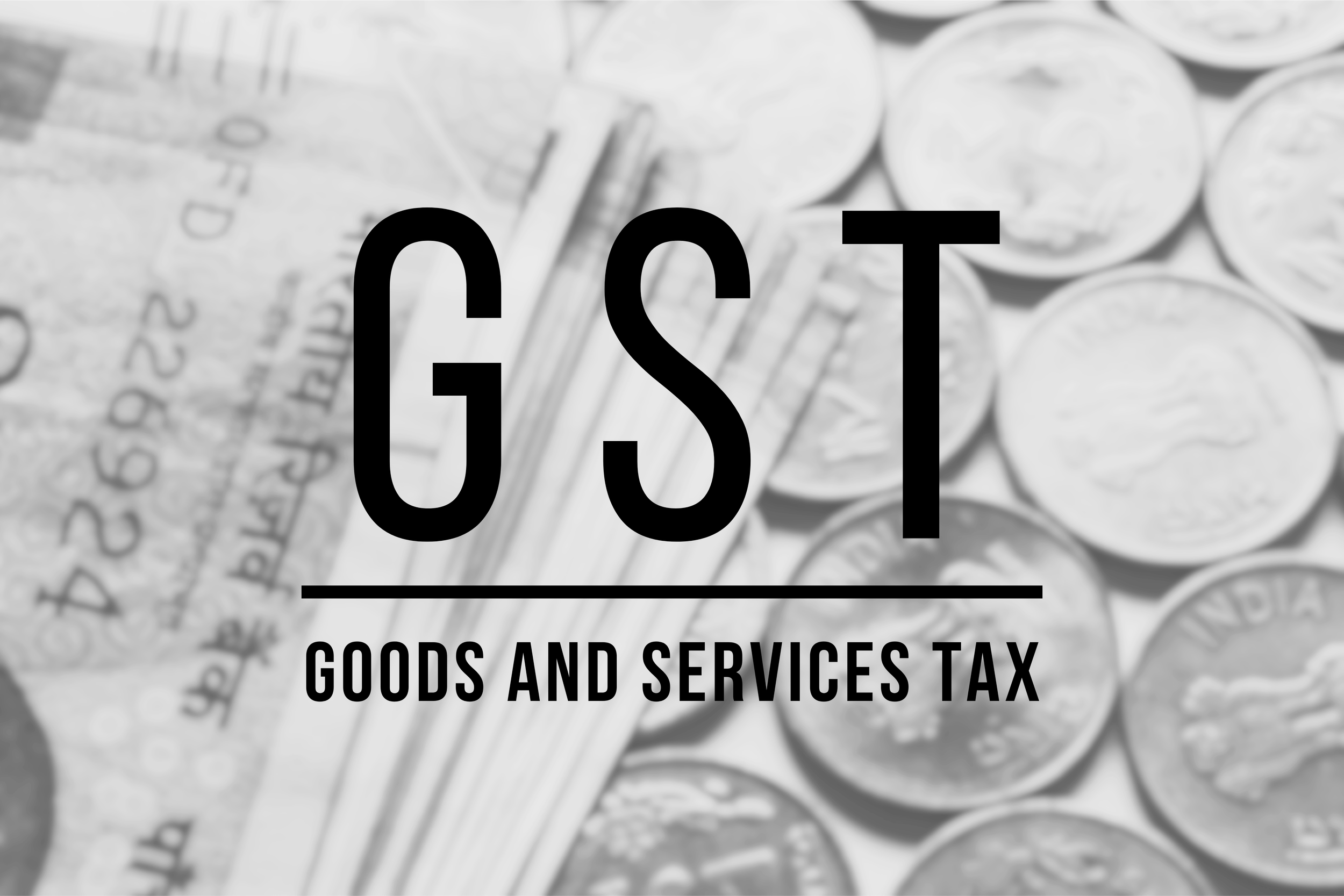The Goods and Services Tax (GST) is the Indian version of VAT. Anyone doing business in India will eventually have to deal with it. The GST was introduced in 2017 to make the country's complex existing tax system more manageable.
Despite having made doing business in India considerably easier, the GST tax can still be a challenge for European companies starting their operations in India. In this article, we'll explain how the tax works and how it affects you as a foreign entrepreneur.
The old, Indian GST tax system consisted of an accumulation of indirect taxes, excise taxes and surcharges levied not only at the national level, but also at the state level and even at the city level. A major tax collected by Indian states was the Value Added Tax (VAT), but there was no fixed national rate for it.
States independently determined what VAT was charged for a product, resulting in much red tape for businesses. In addition, state-to-state sales also required a Central State Tax (CST) to be paid to the national government, further underscoring the fragmentation of the old tax system.
All these different taxes from different Indian governments brought about a waterfall effect and made tax evasion and corruption relatively easy. Indian tax authorities were losing a lot of revenue as a result, so change was much needed.
One centralized sales tax
With the new Goods and Services Tax, there came one centralized sales tax for all of India in 2017. It unifies all taxes by product type and is levied at the national level in New Delhi.
There are five rates, ranging from 0% to 28%, under which 1211 categories of goods and services are divided. Under the GST system, tax is charged at any point when value is added to the product and a sale occurs. This runs up to the final sale to the customer. To clarify this a simplified example:
In addition, GST is a destination-based tax. This means that if a product is manufactured in the state of Andhra Pradesh, but sold in Karnataka, the entire tax goes to Karnataka. A big improvement from the previous system where tax had to be paid at each step to a different government body.
The benefits of Goods and Services Tax
The list of benefits of a centralized sales tax is long. First, the GST greatly simplifies India's unwieldy tax system. In addition, the GST makes it possible to effectively make India a single market in which free movement of goods between states becomes a reality.
This allows companies to organize their distribution from a central nationwide warehouse - and not have to set it up separately in each state. Furthermore, tax evasion becomes more difficult, increasing revenues for the Indian treasury. The above benefits in turn lead to positive macroeconomic effects: doing business in India becomes easier, (foreign) investment increases, the Indian government itself can invest more, and the Indian economy will grow faster.
But the GST also has disadvantages
The GST is far from perfect because it still does not bring taxes together under one roof. In fact, there are 38 different ones: a separate GST for all 29 states (SGST) and the seven "union territories" (UTGST), a federal GST (CGST) and an integrated GST (IGST) for interstate supplies of products and services.
Despite the fact that the GST system is supposed to eliminate the water vale effect and thus lower the price of products, certain products have actually become significantly more expensive. For example, since the introduction of the new tax, products such as shampoo and deodorant suddenly fall into a higher tax rate.
What does the GST mean for you as a European entrepreneur in India?
All European companies wishing to start their own branch, joint venture or any other type of sales organization in India will face this tax. To pay this tax, you will need a PAN number and must register with the GST portal where you will get your unique GSTIN code. Through this portal, a tax form has to be submitted and paid every month.
European companies that only export to India hardly have to deal with the taxes. However, it is important to understand how the GST taxes the Indian distributor or importer you are working with.
GST is one of India's most important taxes, besides of course Corporate Tax and all sorts of other taxes such as Minimum Alternate Tax (MAT), Dividend Distribution Tax (DDT), Custom Duty and Excise Duty.

